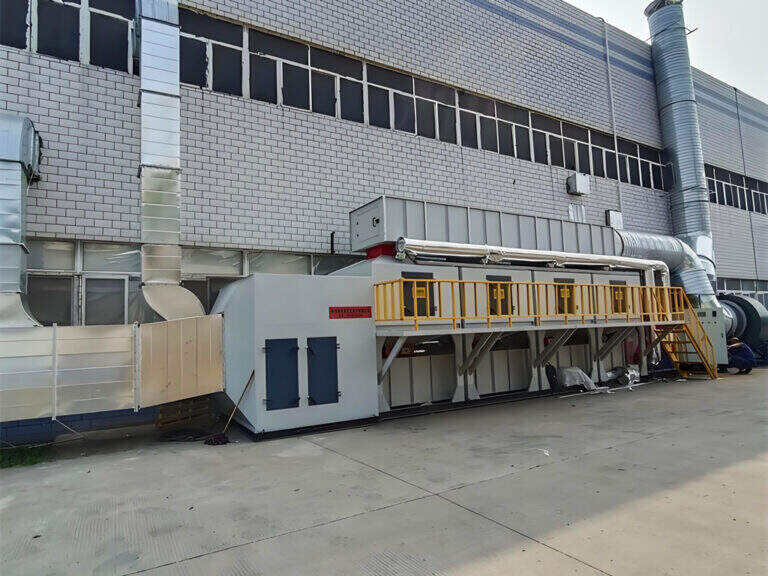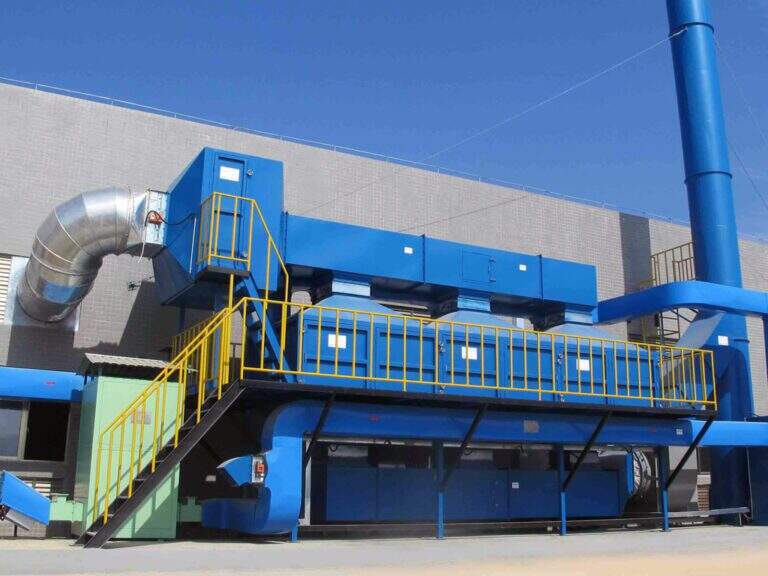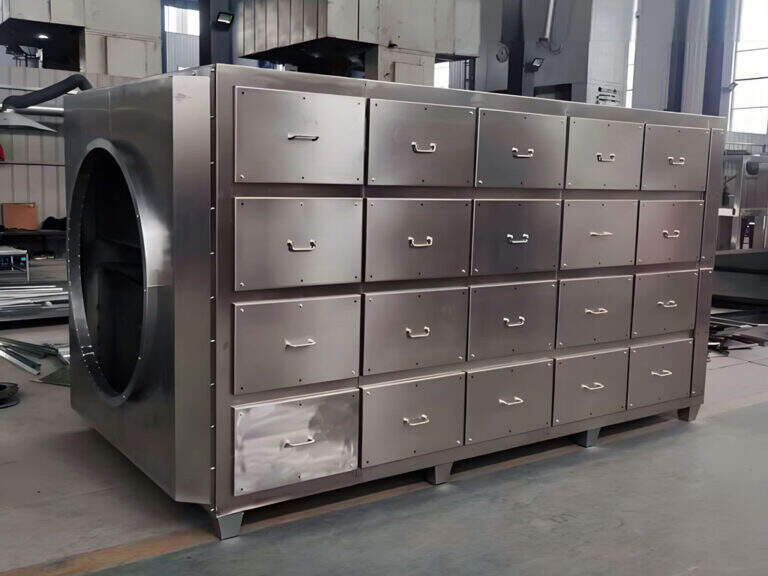

 Complete set must include burners or boilers, loading hoppers, finished product sorting, cyclone separators, heat exchangers, conveyors, moisture condensers, cooling and air purification equipment, dry sludge cooling, electrical equipment and automation, etc.
Disc heating plates are densely arranged on the hollow shaft, and the heat medium flows through the disc through the hollow shaft. The heat transfer area per unit of effective volume is large, and the temperature of the heat medium ranges from -40°C to 320°C, which can be water vapor or liquid type: such as hot water, heat transfer oil, etc. Indirect conduction heating, no air is carried to take away the heat, and the heat is used to heat the material. The heat loss is only the heat dissipation to the environment through the insulation layer of the body. The disc heat transfer surface has a self-cleaning function. The relative movement of the material particles and the disc surface produces a scrubbing effect, which can wash off the materials attached to the disc surface, so that a clean heat transfer surface is always maintained during operation.
The shell of the disc dryer is Ω type, and a seamless steel pipe is used as the main shaft in the shell. The shell has a sealed end cover and an upper cover to prevent material dust from leaking out and play a full role.
Complete set must include burners or boilers, loading hoppers, finished product sorting, cyclone separators, heat exchangers, conveyors, moisture condensers, cooling and air purification equipment, dry sludge cooling, electrical equipment and automation, etc.
Disc heating plates are densely arranged on the hollow shaft, and the heat medium flows through the disc through the hollow shaft. The heat transfer area per unit of effective volume is large, and the temperature of the heat medium ranges from -40°C to 320°C, which can be water vapor or liquid type: such as hot water, heat transfer oil, etc. Indirect conduction heating, no air is carried to take away the heat, and the heat is used to heat the material. The heat loss is only the heat dissipation to the environment through the insulation layer of the body. The disc heat transfer surface has a self-cleaning function. The relative movement of the material particles and the disc surface produces a scrubbing effect, which can wash off the materials attached to the disc surface, so that a clean heat transfer surface is always maintained during operation.
The shell of the disc dryer is Ω type, and a seamless steel pipe is used as the main shaft in the shell. The shell has a sealed end cover and an upper cover to prevent material dust from leaking out and play a full role. 

The BIO Series VOC treatment system combines adsorption + desorption + catalytic oxidation system to destroy 98% of benzene, esters,

The BIO Series GMP Adsorption System is engineered for Pharmaceutical VOC Adsorber, featuring "medical-grade carbon+hot N₂ regeneration" to achieve 99.5%
Fill out the form below, and we will be in touch shortly.